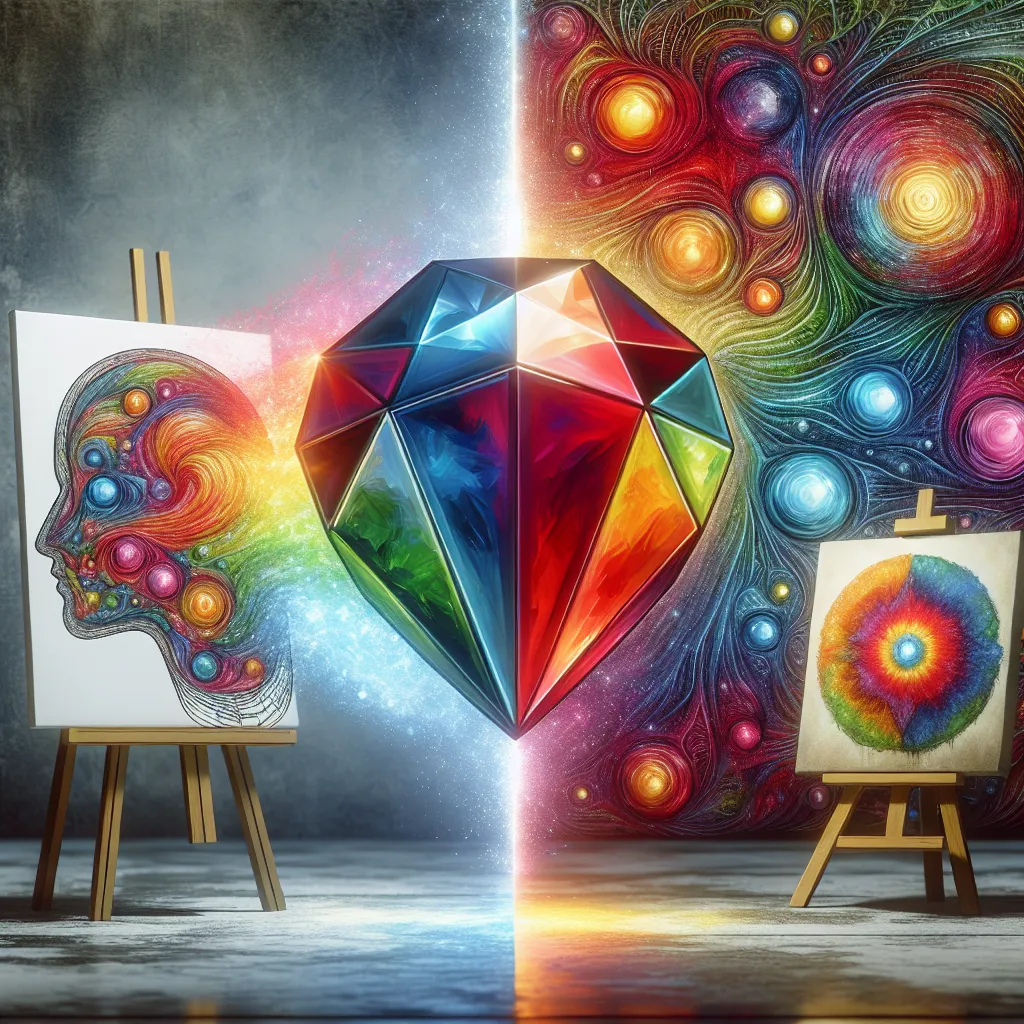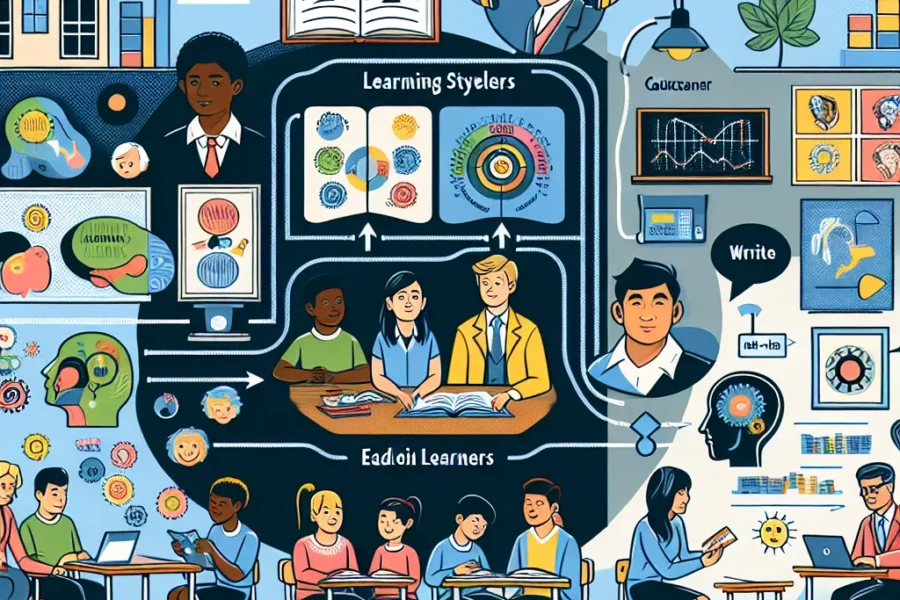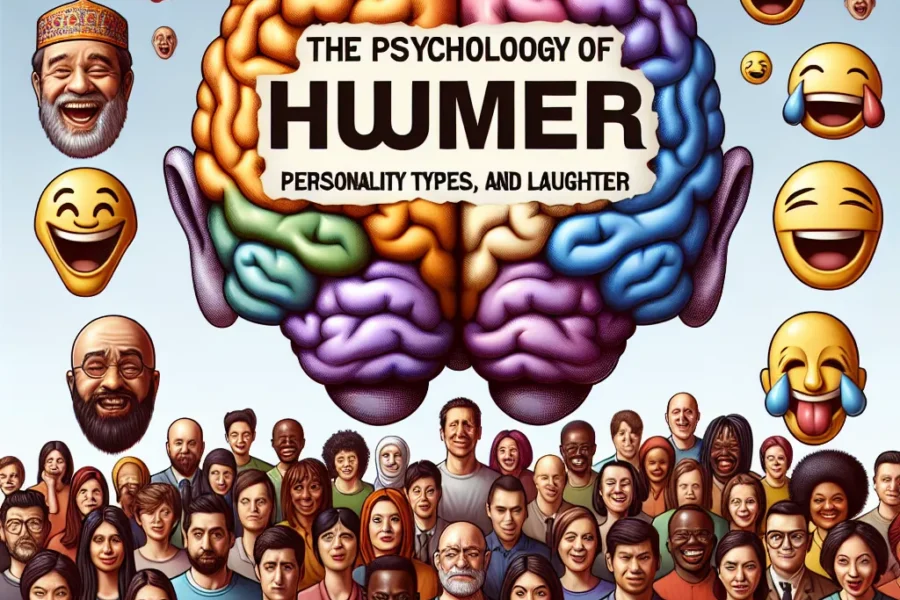Personality and creativity are two pillars that upraise the awe-inspiring edifice of artistic expression. Throughout the ages, the link between an individual’s unique character and their capacity to create has fascinated psychologists, artists, and audiences alike. In navigating the intricate dance of personality traits with the flamboyance of creative output, one discovers the profound influences that mold and shape art in its myriad forms.
It all starts with the recognition that our inner psyche is a fertile ground where creativity takes root. Creativity is more than an occasional spark; it’s a characteristic feature of the human experience and an essential component for artistic endeavors. This doesn’t imply that all people express or engage with their creativity in the same way. Diverse personality types approach the act of creation differently, and this manifests in the eclectic nature of art seen across cultures and time periods.
Personality, often dissected into The Big Five traits—openness, conscientiousness, extraversion, agreeableness, and neuroticism—provides a framework for examining an individual’s inclinations and propensities. Openness to experience, in particular, has been shown to have a robust correlation with creativity. Individuals high in openness are naturally curious, have a broad range of interests, and possess a heightened appreciation for art, beauty, and variety. They tend to think in abstract, complex ways—characteristics that are positively associated with the propensity to innovate and create.
Artists renowned for their originality often score high in openness. Take, for instance, the surrealist imaginations of Salvador Dalí or the innovative compositions of Frida Kahlo—each artist showcased a fearless dive into the depths of creativity, underpinned by their readiness to explore uncharted mental territories.
Conscientiousness, representing traits like organization, dedication, and a goal-directed approach, appears to play a dual role in the creative process. On one hand, high conscientiousness can lead to thoroughness and precision in the perfection of an art form. On the other, strong adherence to rules and structure may limit spontaneous, out-of-the-box thinking. Thus, artists might oscillate between free-flowing creativity and disciplined refinement to cultivate their work.
Extraversion, characterized by energy, sociability, and the tendency to seek stimulation in the company of others, may influence the kind of artistic expression as well as the way artists interact with their audience. Extraverted artists might thrive in dynamic performance arts, such as theater or music, where direct engagement with an audience is prevalent.
In contrast, introverts may prefer solitary art forms like writing or painting, where reflection and alone time are integral to the creative process. The silent introspection championed by introverted personalities makes way for deep thematic explorations and nuanced artistic expression.
Agreeableness, which encompasses attributes like compassion, empathy, and harmony, can infuse artistic expression with a sense of social awareness and emotional depth. Art that seeks to connect, to heal, or to inspire change often reflects the agreeable nature of its creator. Artists driven by a desire to impact their community or to express solidarity with others channel their agreeableness into powerful messages conveyed through their art.
Neuroticism—the tendency to experience negative emotions like anxiety, doubt, and sadness—has been linked with the storied trope of the “tortured artist.” While high levels of neuroticism can pose challenges, they can also deepen the well of emotional content from which an artist draws. The turmoil experienced by such personalities can translate into profoundly moving works of art that resonate with the complexity of human emotion.
Beyond The Big Five, creativity in personality often involves ambivalence and a blending of traits. Creative individuals might exhibit what psychologist Mihaly Csikszentmihalyi terms “complex personalities.” Such individuals harbor seemingly contradictory qualities—like being both traditional and rebellious or disciplined and spontaneous—which fuels their adaptive creativity and can make their artistic outputs particularly striking and innovative.
Another aspect to consider is the role of cognitive processes, such as divergent thinking—the ability to generate multiple, unique solutions to a problem. This is often touted as the bedrock of creativity and can be found aplenty in artistic personalities. Whether it’s riffing new melodies or imagining the brushstrokes of a future masterpiece, artists routinely engage in divergent thinking.
Moreover, motivation plays a pivotal part in the union of personality and creativity. Intrinsic motivation—creating for the sheer joy and passion of it—is deeply embedded in the artistic spirit. When artists are driven by internal desire rather than external rewards or recognition, their work often attains a level of authenticity and innovation that resonates with audiences on a profound level.
The environments in which personalities develop also shape the contours of creativity. Supportive and nurturing surroundings can encourage artistic pursuits, while restrictive and critical spaces may hinder one’s creative confidence. Society’s value of art influences not only the development of artists but also their willingness to pursue and share their creative expression with the world.
Through these multifaceted lenses, the link between personality and creativity becomes evident as a dynamic interplay that informs and enriches artistic expression. Art, in its infinite diversity, is a reflection of the internal landscapes of individuals—a mirror to the complexities, whims, and depths of the human personality.
In sum, the dance between personality and creativity is an ongoing performance, rich in variation and filled with the potential for continuous discovery. Artists channel their unique blends of traits and cognitive styles into their work, resulting in a spectrum of expression that can be as vast and varied as the personalities themselves.
In exploring the realms of personality and creativity, we find that understanding this link not only offers insight into the nature of artistic expression but also sheds light on the profound impact that our inner worlds have on the beauty we create and share. Art, therefore, is not only an expression of creativity; it is a testament to the intricacies of who we are.



Leave a Comment